2025 Subaru Forester vs. Nissan Rogue: 5 Major Differences originally appeared on Autoblog.
Overlooked Japanese crossovers collide
When it comes to Japanese crossovers, Toyota and Honda tend to be at the top of the pack with one of the most intense rivalries in the industry, but they aren’t the only models on the market. The Subaru Forester and Nissan Rogue are fairly popular as well, but they’re often overlooked in favor of their Japanese rivals. That said, there are several major differences between the two that could make one the better option for some consumers.
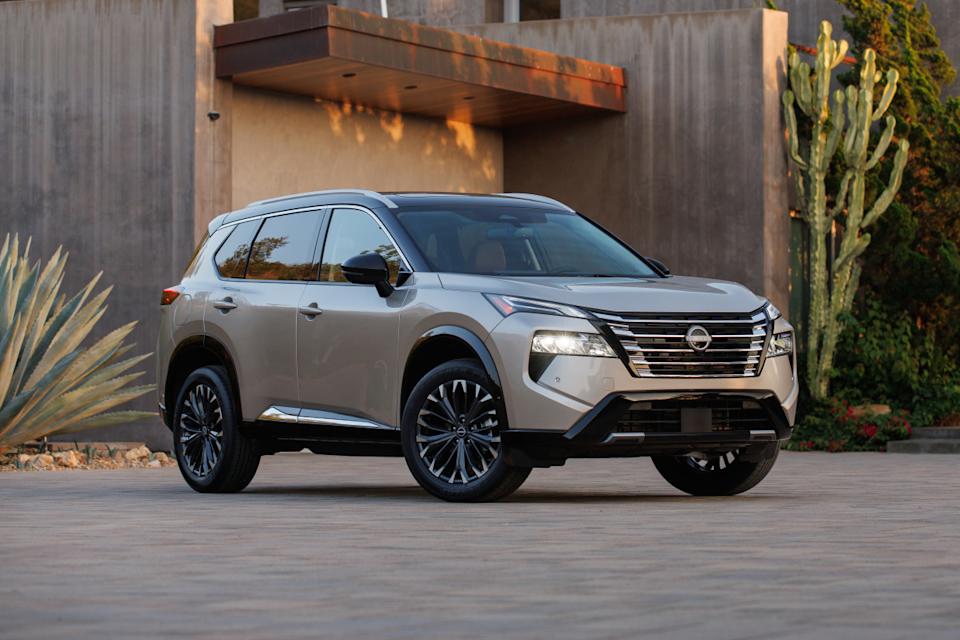
1. Nissan Rogue offers higher fuel economy
The Nissan Rogue comes equipped with a 1.5-liter turbocharged three-cylinder engine and front-wheel drive, a combination that produces 201 horsepower and 225 lb-ft of torque. Thanks to its small engine size, the Rogue offers impressive fuel economy, up to 30 mpg in the city and 37 mpg on the highway, while delivering respectable performance. With all-wheel drive, the Rogue sees its fuel economy drop by two miles per gallon in both categories.
Comparatively, the Subaru Forester comes equipped with a 2.5-liter four-cylinder engine paired with all-wheel drive, producing 180 horsepower and 178 lb-ft of torque in most models. With that performance, the Forester is rated for up to 26 mpg in the city and 33 mpg on the highway. The Wilderness Edition comes with a slightly different powertrain that produces 182 horsepower and 176 lb-ft of torque. That model is rated for 25 mpg in the city and 28 mpg on the highway.
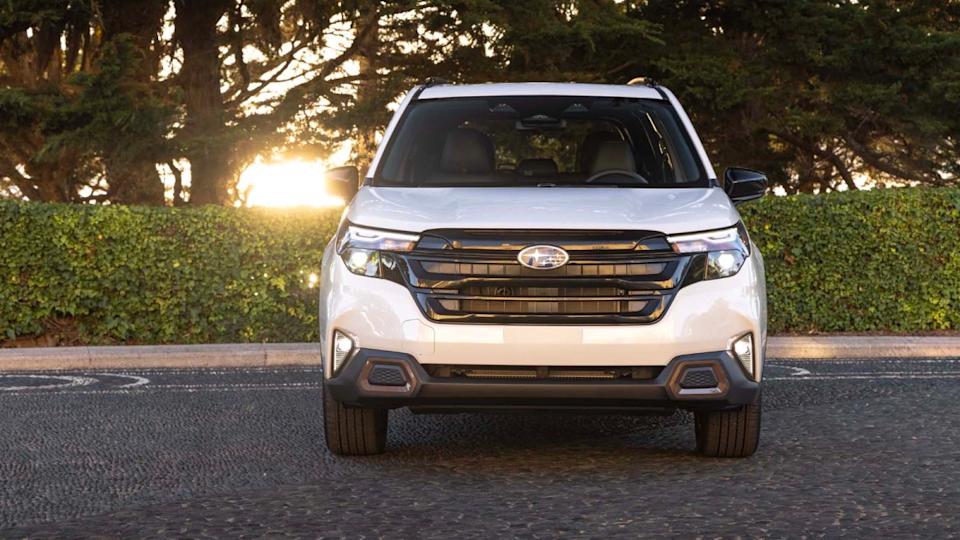
Notably, the Subaru Forester comes in a more efficient hybrid form that puts it in closer competition with the Nissan Rogue. The hybrid Forester comes stocked with a 2.5-liter four-cylinder engine assisted by an electric motor, delivering a combined 194 horsepower. Hybrid Subaru Forester models earn up to 35 mpg in the city and 34 mpg on the highway. Nissan doesn’t currently offer the Rogue with a hybrid powertrain, but rumor has it that’s going to change next year.
2. Subaru Forester comes with all-wheel drive
More and more vehicles are coming stock with all-wheel drive, especially once you get into the realm of crossovers and SUVs. Subaru has been ahead of the game for years, with all-wheel drive making the list of standard equipment across most of its lineup. The Forester is no exception, with both gas and hybrid models coming with a standard all-wheel drivetrain.
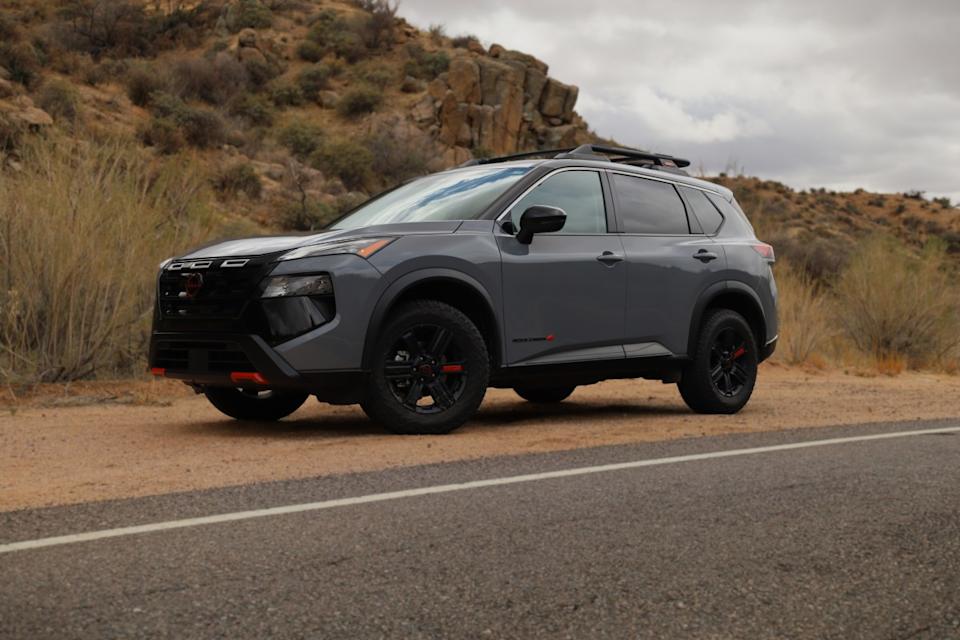
The Nissan Rogue is a different story, with almost all models coming equipped with front-wheel drive. The Rock Creek edition is an outlier. In addition to its off-road aesthetic, the special edition Rogue comes with standard all-wheel drive. Notably, every Rogue model is available with all-wheel drive - to the tune of $1,400.
3. Nissan Rogue is the more affordable crossover
The crossover segment is one of the most competitive in the industry, but the Nissan Rogue has an advantage when it comes to price at the base, off-road, and top-tier trim levels. The base 2025 Rogue S starts at $28,590, while the 2025 Forester Base is priced from $29,995. Notably, however, the Rogue doesn’t come with all-wheel drive, and adding it increases its price to $29,990, making it just $5 cheaper than the Forester.
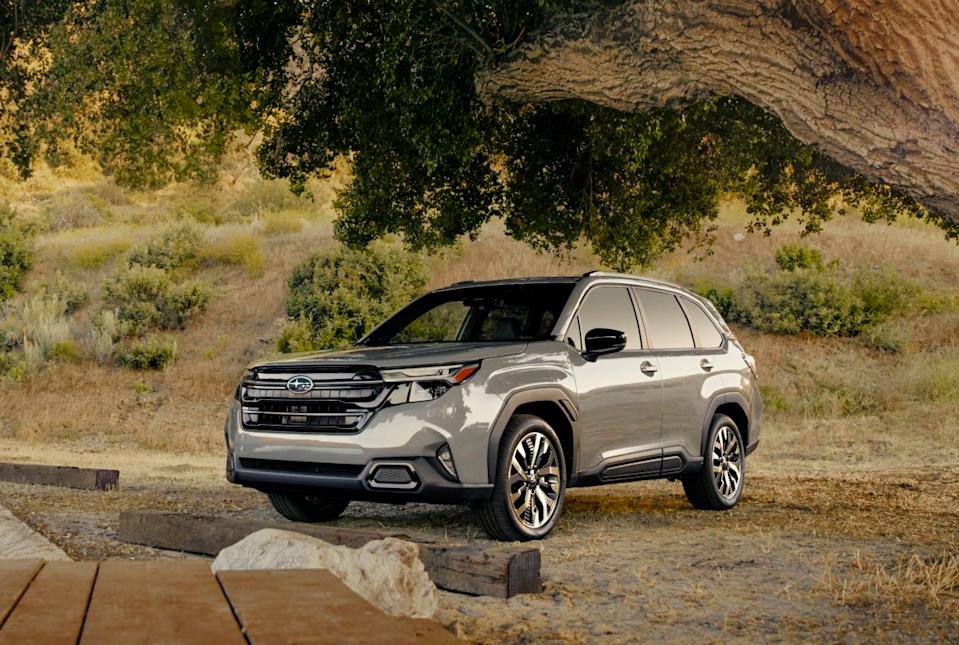
The Nissan Rogue Rock Creek offers a more rugged aesthetic. Priced from $33,490, the Rock Creek model comes with standard all-wheel drive, exclusive leatherette-appointed seats, and four driving modes, including snow and off-road. The Subaru Forester Wilderness, available from $36,285, gets a higher ground clearance, 182-horsepower engine, and CVT with seven-speed manual mode. It can also tow up to 3,000 lbs., topping the Rogue’s 1,500 lbs. capacity.
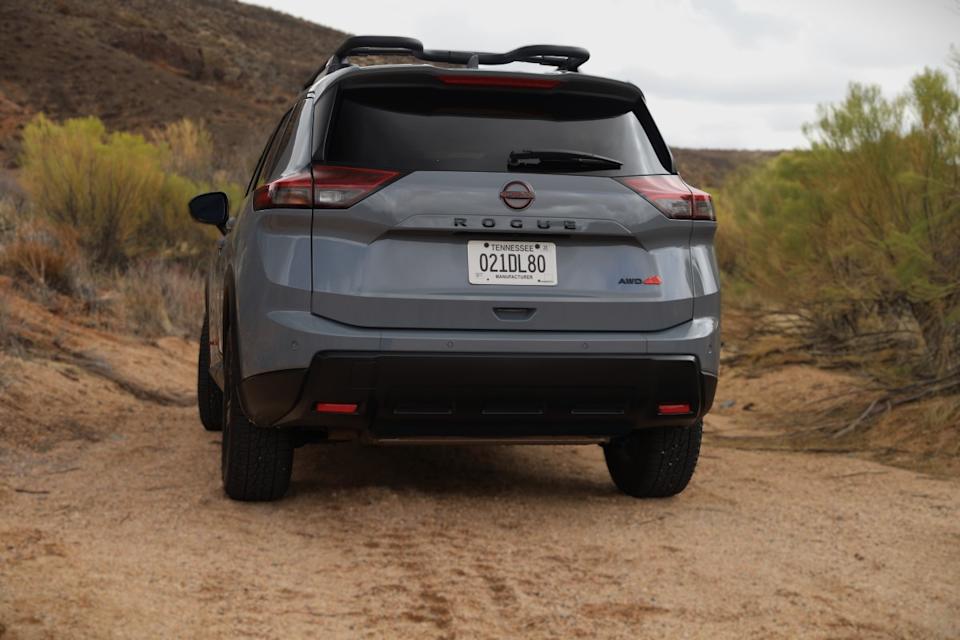
At the top of the range, the Rogue Platinum starts at $38,590, while the Forester Touring is priced from $41,595. Both models ride on 19-inch wheels, with a panoramic moonroof, heated front seats, and a full suite of safety systems, all making the list of standard equipment in both top-spec crossovers.
4. Nissan Rogue offers more cargo space
The Nissan Rogue’s wheelbase is a touch longer than that of the Subaru Forester, measuring 106.5 and 105.1 inches, respectively. That extra 1.4 inches helps the Rogue top its Japanese rival when it comes to cargo space, and by a fairly significant amount at that. The Rogue offers up to 36.5 cu ft. with the rear seats in their upright position. Folding the rear seats down increases cargo space to an impressive 74.1 cu ft.
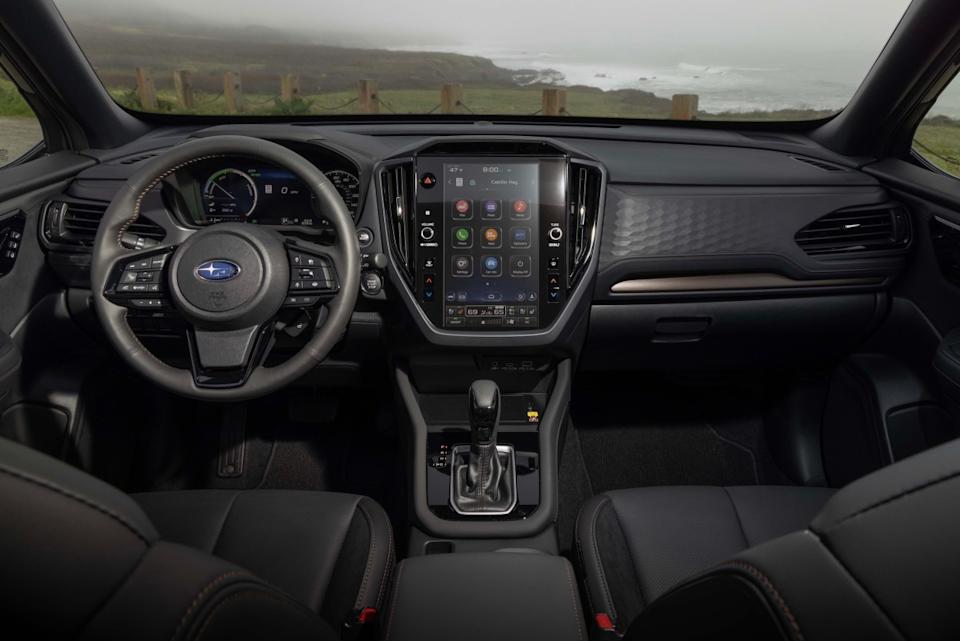
The Subaru Forester is fairly roomy as well, but it doesn’t quite match the Rogue. With the rear seats in their set position, the Forester offers just 27.5 cu ft of cargo space. Setting the rear seats down brings cargo space to 69.1 cu ft. The story changes when it comes to passenger space, though. The Subaru Forester offers 106.6 cu ft., just barely edging out the Nissan Rogue’s 105.4 cu ft. of passenger space.
5. Subaru Forester comes in more trim levels
Subaru offers a pretty substantial model range, and the Forester is no exception, with six gas and four hybrid trim levels to choose from. Ranging from the Base trim to the Touring model, there's a whole host of packages, options, and standard equipment to consider. The 2025 Nissan Rogue is available in five trim levels, all of which are powered by a standard internal combustion engine (ICE).
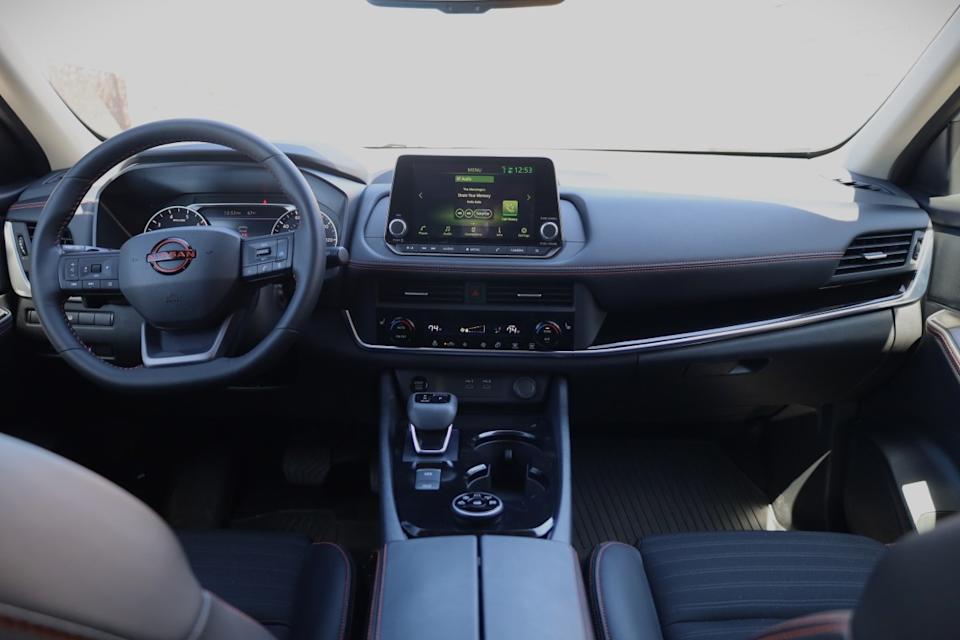
The base Subaru Forester model rolls out on 17-inch wheels, with LED steering-responsive headlights, roof spoiler, roof rails, and black side mirrors. Inside, the Forester comes stocked with a seven-inch touchscreen display, four-speaker audio system, Apple CarPlay and Android Auto integration, and dual-zone automatic climate control.
The base Nissan Rogue rides on 17-inch wheels, with LED lighting and a rear spoiler. The interior of the Rogue is fairly standard for the price. Front bucket seats wrapped in cloth upholstery, an eight-inch touchscreen display, and Apple CarPlay and Android Auto connectivity are all on the docket.
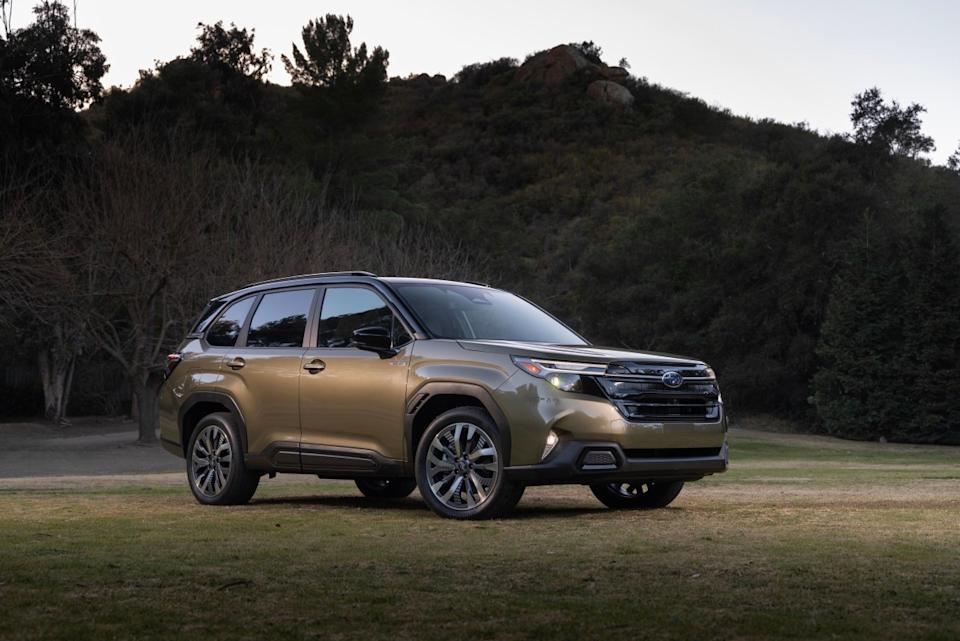
On the other end of the range, the Rogue Platinum comes with upscale design elements and a plush interior. The top-spec model sports 19-inch wheels, roof rails, and a dual-panel panoramic moonroof. Inside, the Nissan Rogue Platinum features quilted semi-aniline leather-appointed seats, a 12.3-inch touchscreen display, wireless Apple CarPlay and Android Auto compatibility, and a 10-speaker Bose premium sound system.
The Subaru Forester Touring comes similarly equipped, with 19-inch wheels, a panoramic moonroof, leather-trimmed upholstery, and a foot-activated power rear liftgate. In terms of tech, the Touring model features an 11.6-inch touchscreen display, an 11-speaker Harman Kardon audio system, and wireless Apple CarPlay and Android Auto connectivity.
Final thoughts
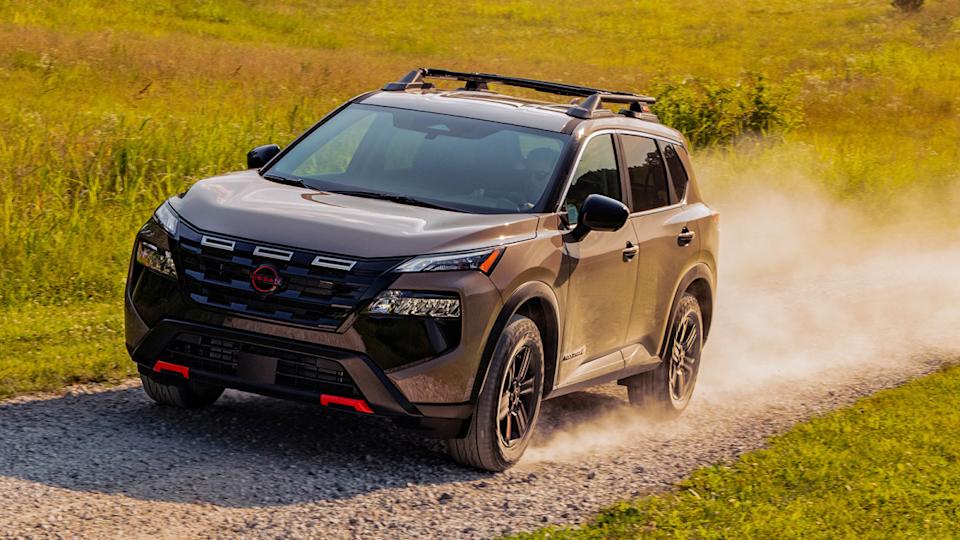
While they may be overlooked compared to their Japanese rivals, the Subaru Forester and Nissan Rogue are worth taking for a test drive. Their standard equipment and pricing make them fairly close rivals, especially when the Rogue is equipped with all-wheel drive. The Rogue’s efficiency is tough to beat, though. If Nissan brings a hybrid version of the Rogue to market for the 2026 model year, it could give the automaker a significant advantage over the Subaru Forester.
2025 Subaru Forester vs. Nissan Rogue: 5 Major Differences first appeared on Autoblog on Jul 29, 2025
This story was originally reported by Autoblog on Jul 29, 2025, where it first appeared.
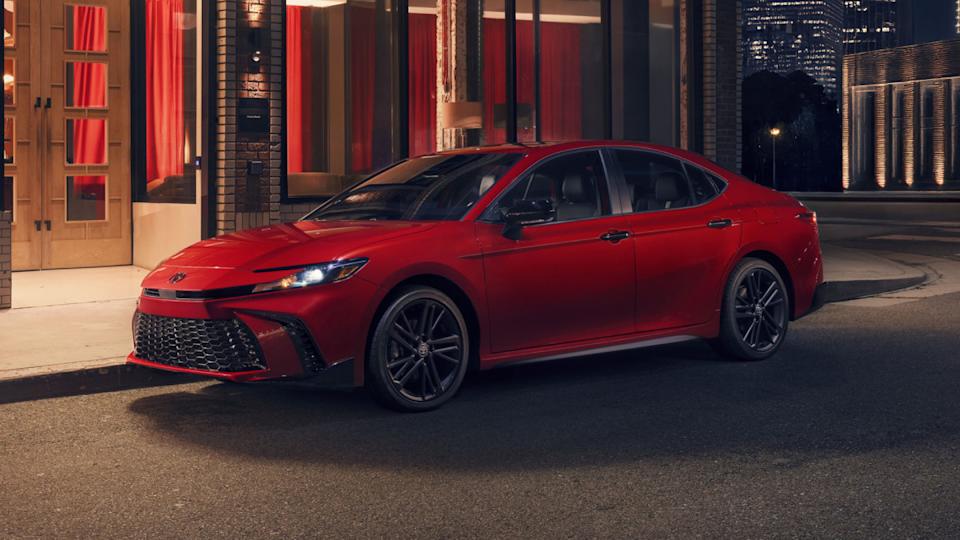

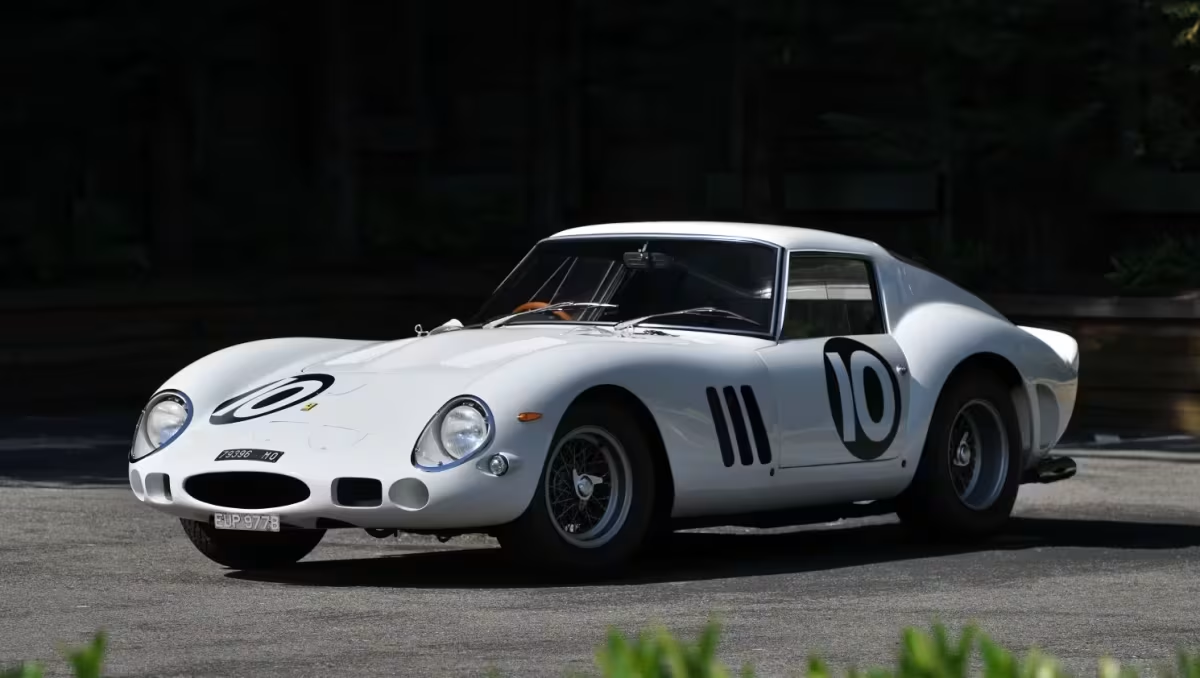
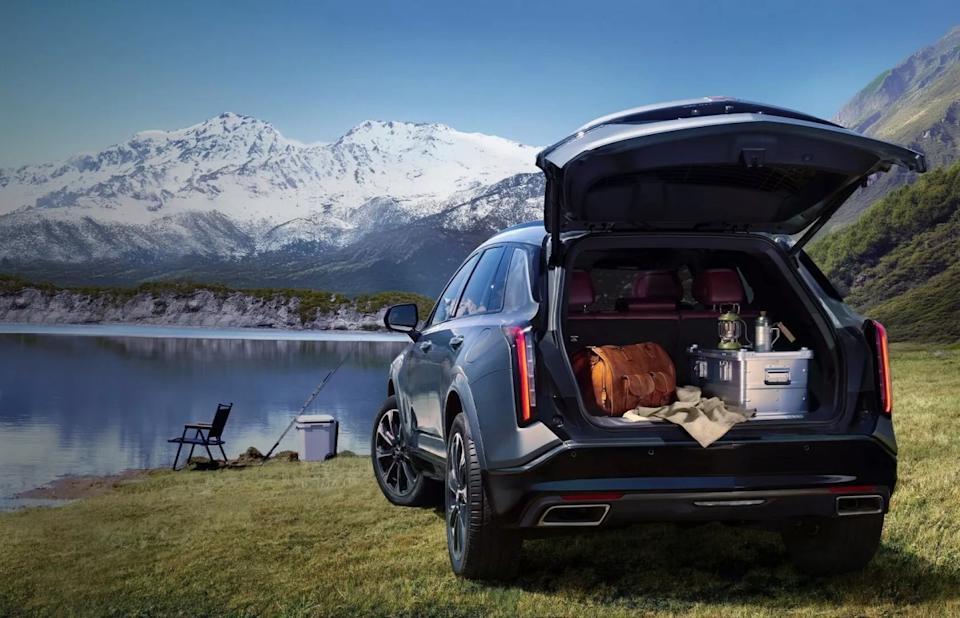
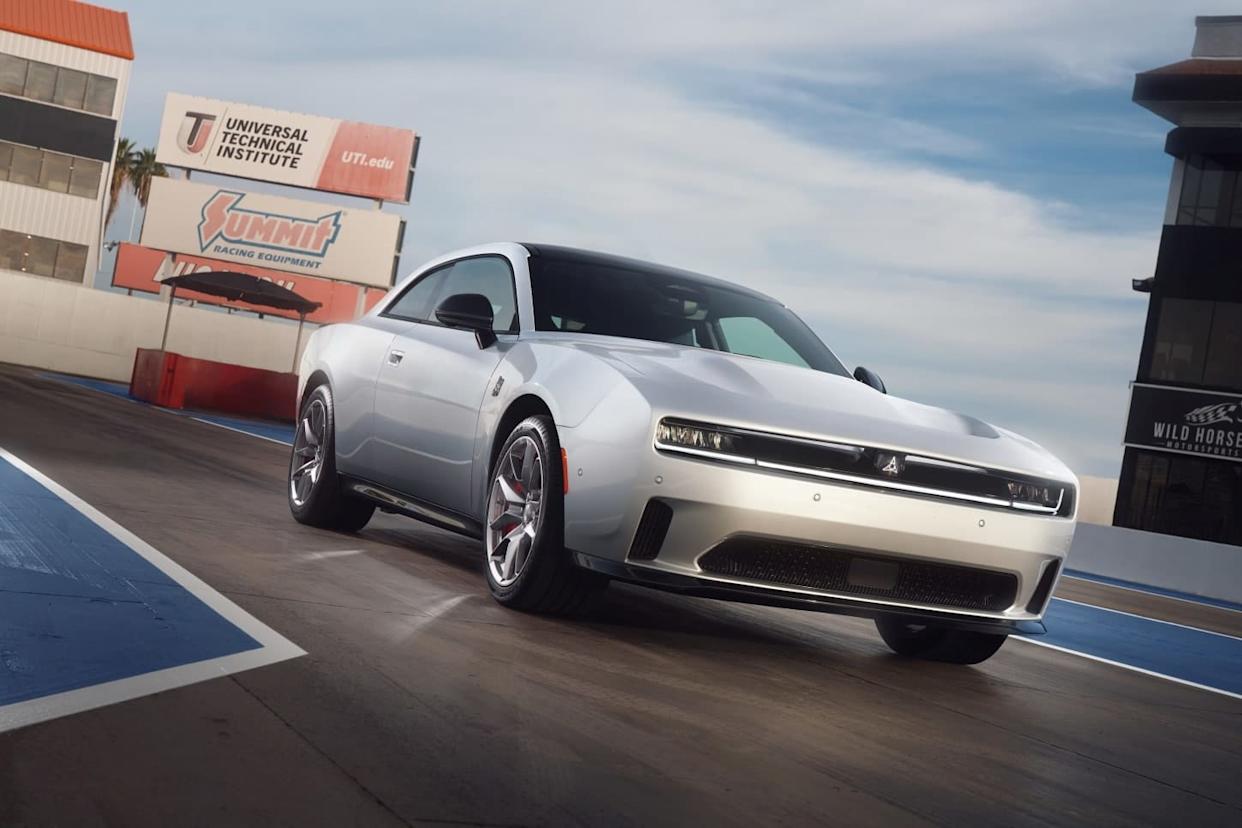
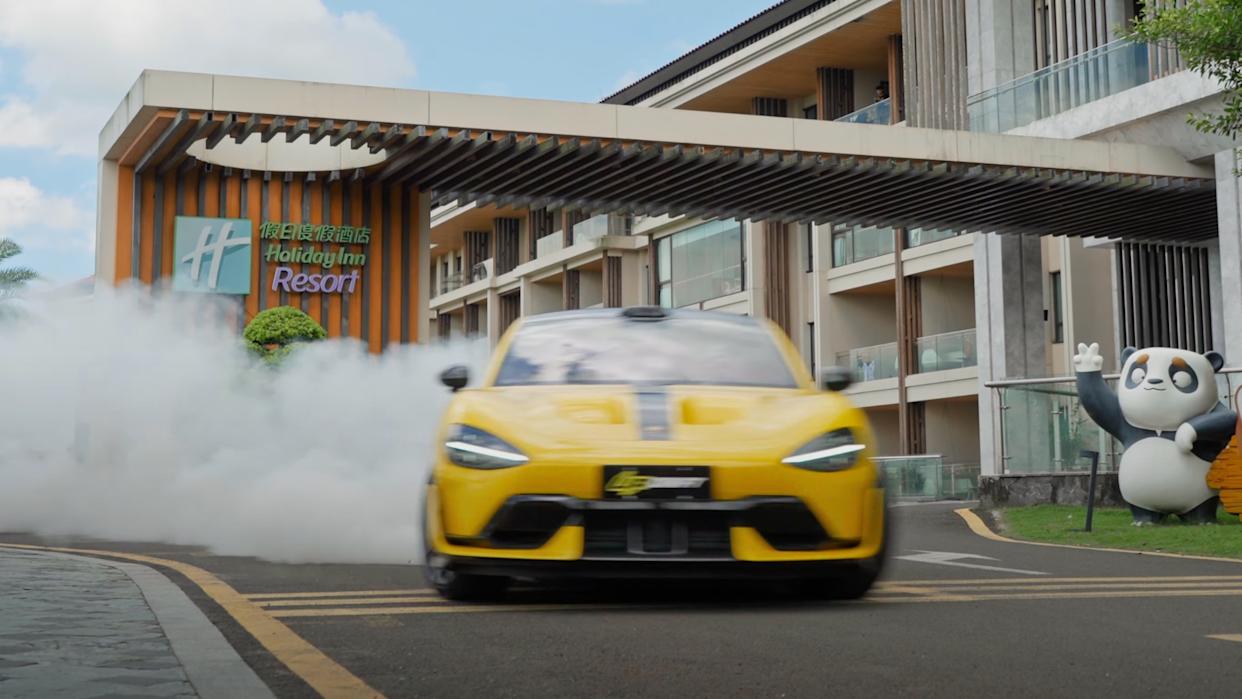

![The 2025 VW Golf GTI's Interior Fixes Our Loudest Complaints [Photos]](https://caiji.70m.top/data/images/a7/394512d4c9fcaee418e90866a99fdb.jpg)
Comments